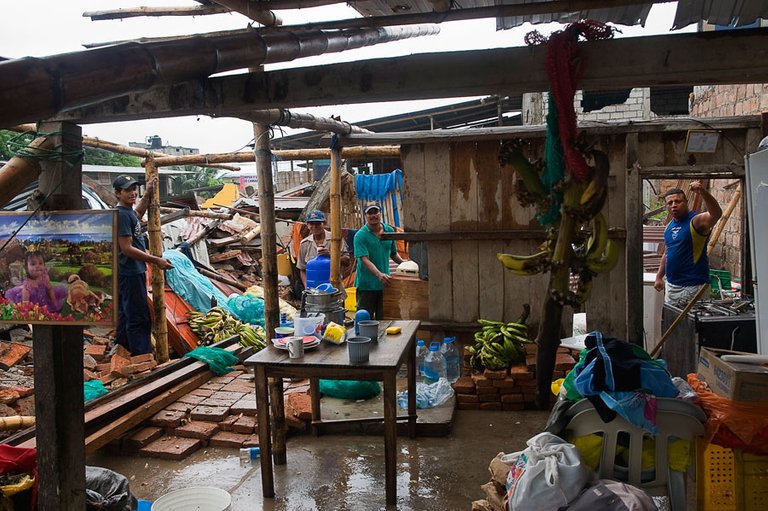
Disasters occur worldwide and are part of everyone’s life. Ever since they were first recorded, floods, hurricanes and earthquakes have marked the history of humanity and its evolution. Today, our efforts focus on preparing for and responding to the impacts of these events. This way we can reduce material damages and human suffering.
Disaster risk management is a priority for many countries in the Latin America and the Caribbean region. Every year, the hurricane season systematically punishes several Caribbean countries. The rest of the region is prone to devastating earthquakes, the most recent ones occurring in Mexico and Ecuador. In Peru, Colombia and Argentina, amongst other countries, the El Niño and La Niña phenomenon can generate from torrential rains, landslides and floods to severe droughts, threatening people’s lives and their access to basic services such as water and food.
Undoubtedly and increasingly, the region is a testing ground for disasters.
In the aftermath of a disaster, in general the population and public and private institutions tend to rely on first-response entities: the fire department, the civil defense league and/or emergency assistance offices. There are several actions that can be taken though before a disaster occurs to improve coordination and immediate response. These actions can help communities be better prepared, especially when more and more frequently they have to face such situations. Preparedness and response are two important components of disaster risk management which aim to build cities and prepare the inhabitants taking into account the disaster risks.
Now, how and what can the governments do to reduce the risks, be better prepared against a disaster and respond adequately?
Different countries of the region are already implementing disaster risk prevention and reduction programs in cooperation with the World Bank. These programs involve communities, national and local governments, including the public and private sectors.
For example, in Ecuador, following the April 2016 earthquake, the Government decided to involve both the public and private sectors and promote the notion of shared responsibility. The Global Facility for Disaster Reduction and Recovery (GFDRR) supported this initiative through a grant to the Risk Management Secretariat (SGR). The grant funded: (a) the development of a national disaster response strategy, and (b) the development of a methodology the Government can use to build sectoral disaster risk management agendas including the different hazards and risks that exist in Ecuador – two were completed in 2017 for the water and transport sectors, respectively.
Hi! I am a robot. I just upvoted you! I found similar content that readers might be interested in:
https://reliefweb.int/report/ecuador/how-prepare-country-respond-disaster